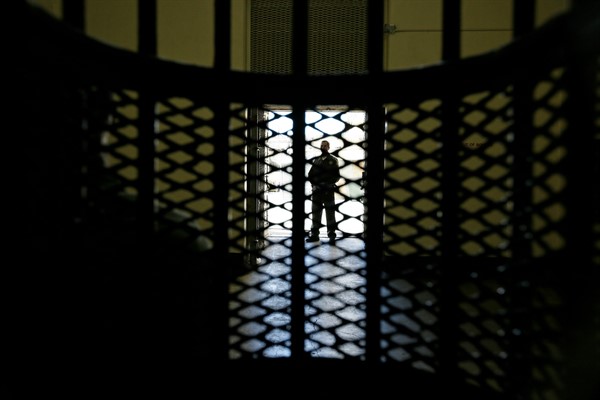At 8:07 a.m. on July 14, Daniel Lewis Lee was pronounced dead after being injected with a lethal dose of pentobarbital. It marked the first time in 17 years that the U.S. government had carried out a federal death sentence, and was followed in quick succession by two more federal executions in the subsequent days. They took place almost a year after Attorney General William Barr announced that the Trump administration planned to restart capital punishment. Following a protracted legal battle and stays of execution by lower court judges, the Supreme Court vacated those orders last month, removing the final barrier.
The government’s push to restart federal executions comes amid an unprecedented global pandemic and a heated presidential election campaign in which Donald Trump has proclaimed himself the “president of law and order.” It also runs against the tide of efforts to reform capital punishment by both U.S. states and governments around the world. All in all, 142 countries have effectively outlawed the death penalty for ordinary crimes—which exclude atrocities such as those committed during wartime—either through legal measures or in practice.
While the Supreme Court has interpreted the U.S. Constitution’s prohibition on “cruel and unusual punishment” to not preclude death sentences, most American states have taken steps to outlaw them or have stopped executions for many years. More than half of all executions in America since 2016 have taken place in only two states: Georgia and Texas.

